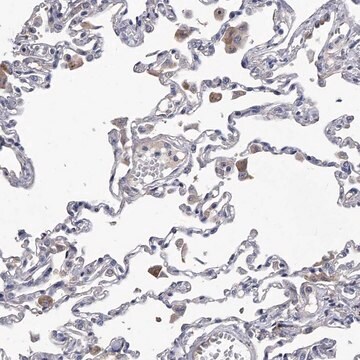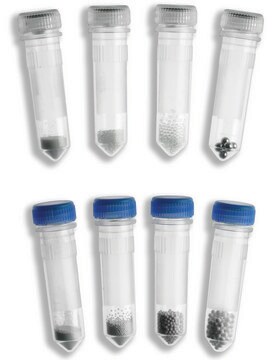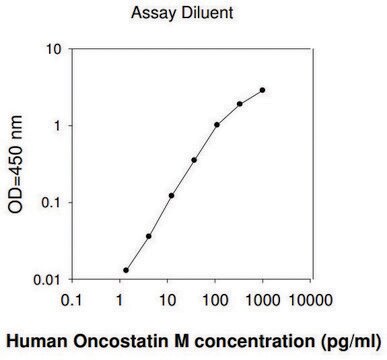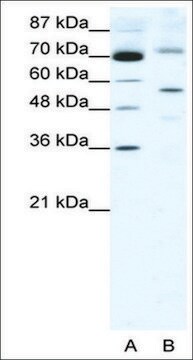MABF3095
Anti-Complement C5 Antibody, clone SIM 225-3.2.1
Synonym(s):
C3 and PZP-like alpha-2-macroglobulin domain-containing protein 4
About This Item
Recommended Products
biological source
mouse
Quality Level
antibody form
purified antibody
antibody product type
primary antibodies
clone
SIM 225-3.2.1, monoclonal
mol wt
observed mol wt ~188 kDa
purified by
using protein G
species reactivity
human
species reactivity (predicted by homology)
rat, guinea pig, porcine, goat, feline, canine, rabbit
packaging
antibody small pack of 100
technique(s)
ELISA: suitable
flow cytometry: suitable
western blot: suitable
isotype
IgG1
epitope sequence
N-terminal half
Protein ID accession no.
UniProt accession no.
storage temp.
2-8°C
Gene Information
human ... C5(727)
Specificity
Immunogen
Application
Evaluated by Western Blotting with Human Complement C5 glycoprotein (non-reduced).
Western Blotting Analysis: A 1:5,000 dilution of this antibody detected non-reduced Human Complement C5.
Tested Applications
Western Blotting Analysis: A representative lot detected Complement C5 in Western Blotting applications (Monedero, M., et al. (2019). Comp Immunol Microbiol Infect Dis. 62:7-12).
Flow Cytometry Analysis: A representative lot detected Complement C5 in Flow Cytometry applications (Monedero, M., et al. (2019). Comp Immunol Microbiol Infect Dis. 62:7-12).
ELISA Analysis: A representative lot detected Complement C5 in applications (Monedero, M., et al. (2019). Comp Immunol Microbiol Infect Dis. 62:7-12).
Note: Actual optimal working dilutions must be determined by end user as specimens, and experimental conditions may vary with the end user.
Target description
Physical form
Reconstitution
Storage and Stability
Other Notes
Disclaimer
Not finding the right product?
Try our Product Selector Tool.
Storage Class Code
12 - Non Combustible Liquids
WGK
WGK 1
Flash Point(F)
Not applicable
Flash Point(C)
Not applicable
Regulatory Listings
Regulatory Listings are mainly provided for chemical products. Only limited information can be provided here for non-chemical products. No entry means none of the components are listed. It is the user’s obligation to ensure the safe and legal use of the product.
JAN Code
MABF3095-25UG:
MABF3095-100UG:
Certificates of Analysis (COA)
Search for Certificates of Analysis (COA) by entering the products Lot/Batch Number. Lot and Batch Numbers can be found on a product’s label following the words ‘Lot’ or ‘Batch’.
Already Own This Product?
Find documentation for the products that you have recently purchased in the Document Library.
Our team of scientists has experience in all areas of research including Life Science, Material Science, Chemical Synthesis, Chromatography, Analytical and many others.
Contact Technical Service








